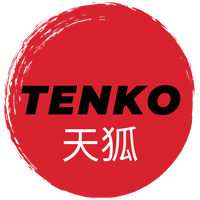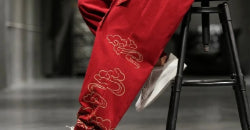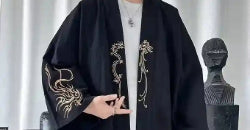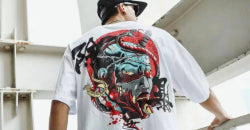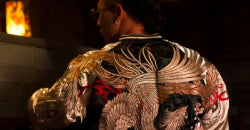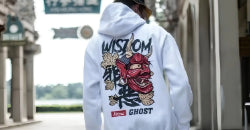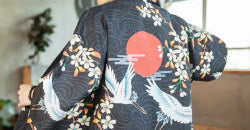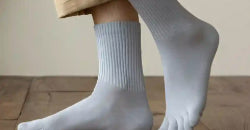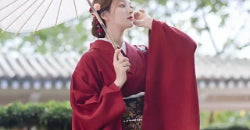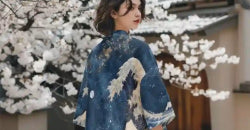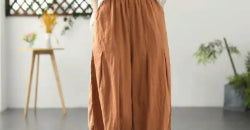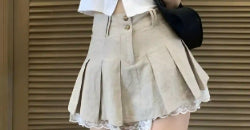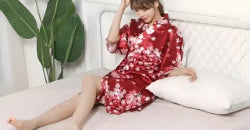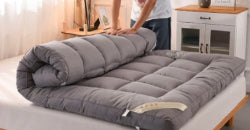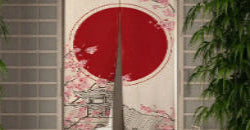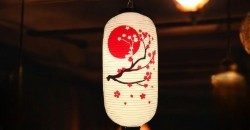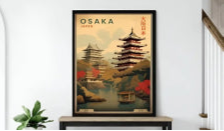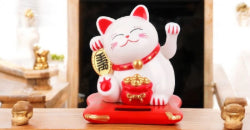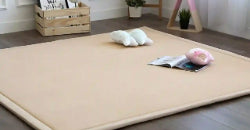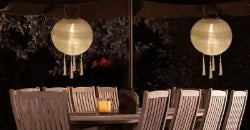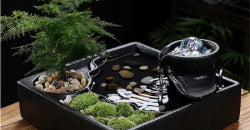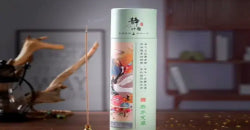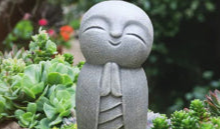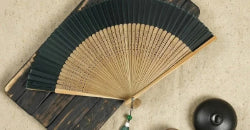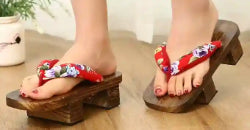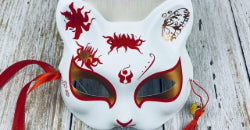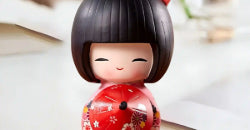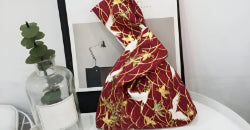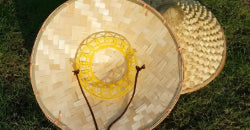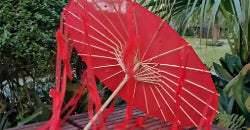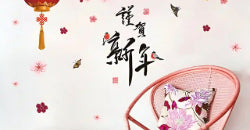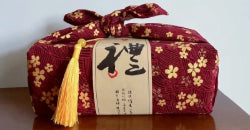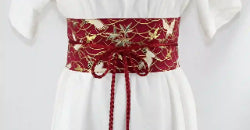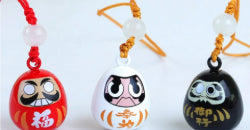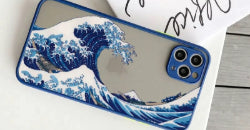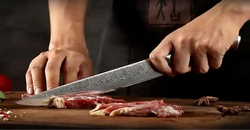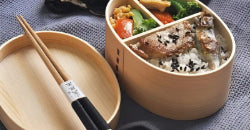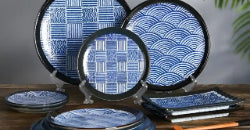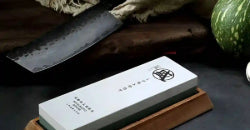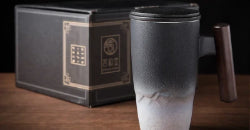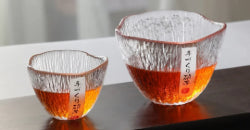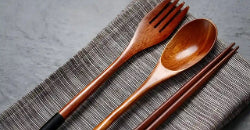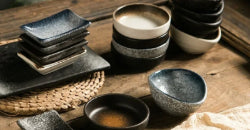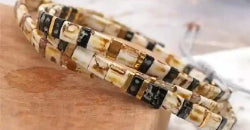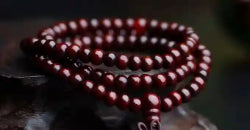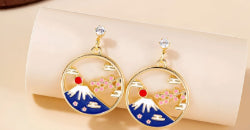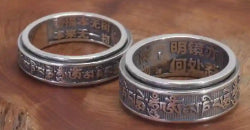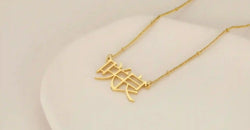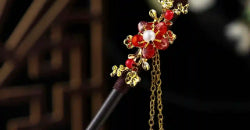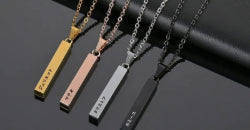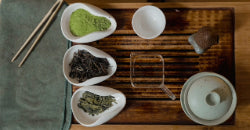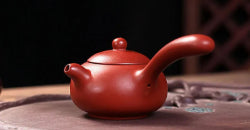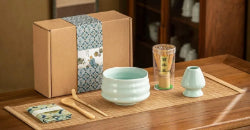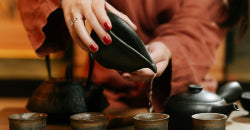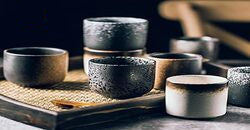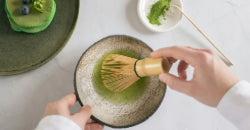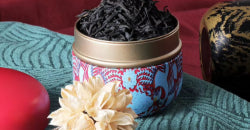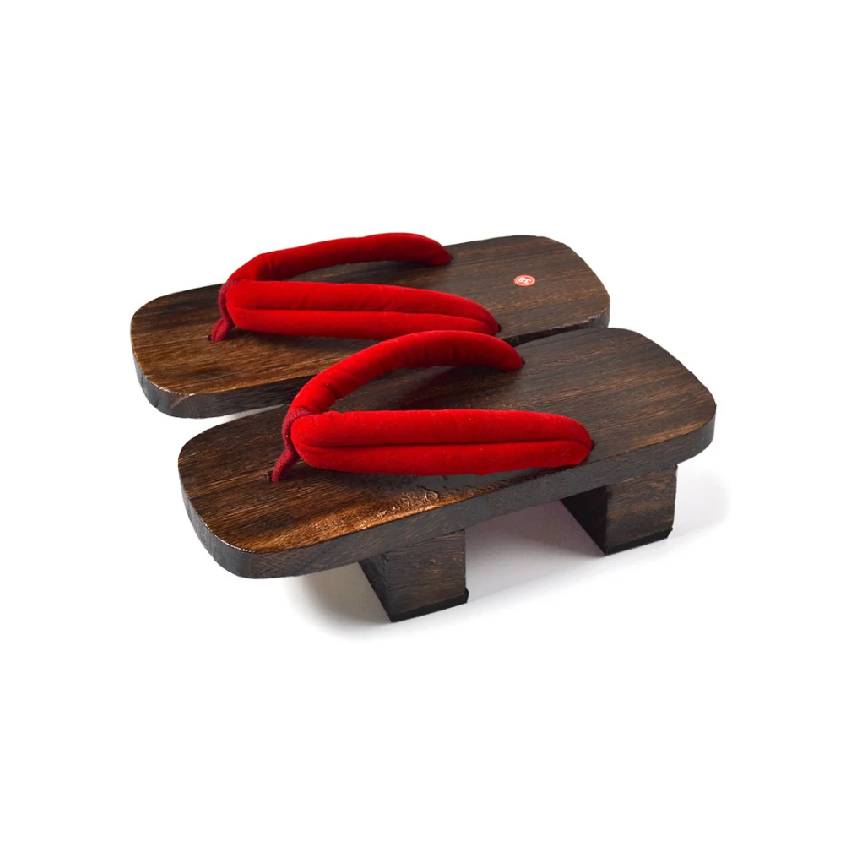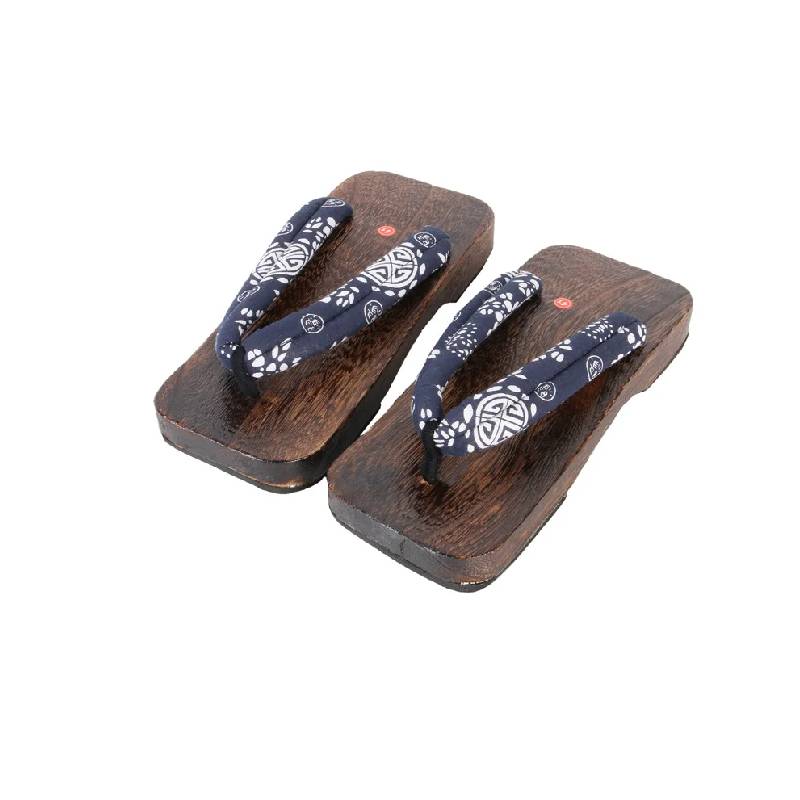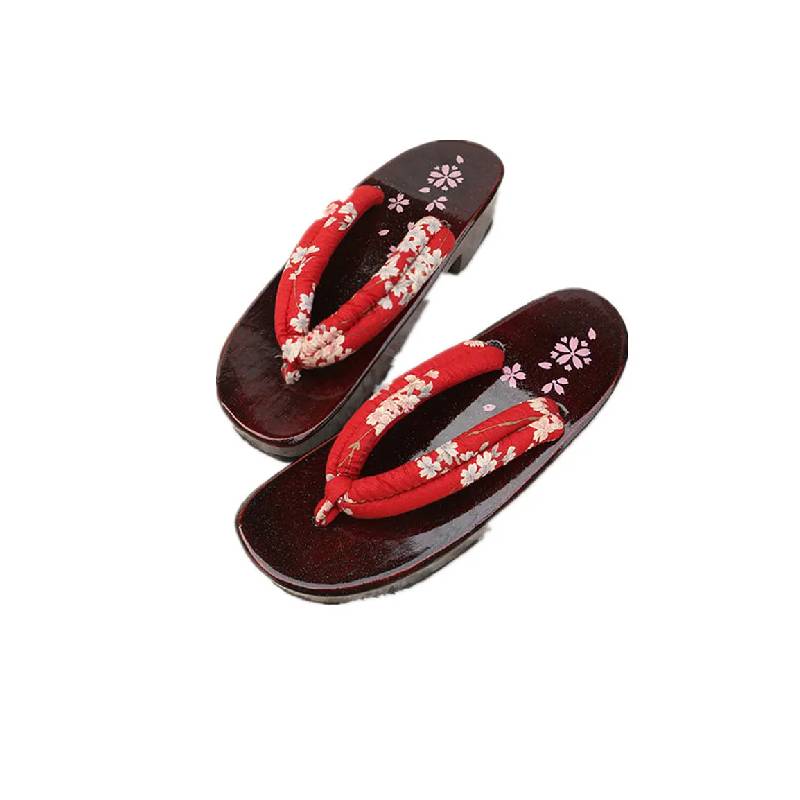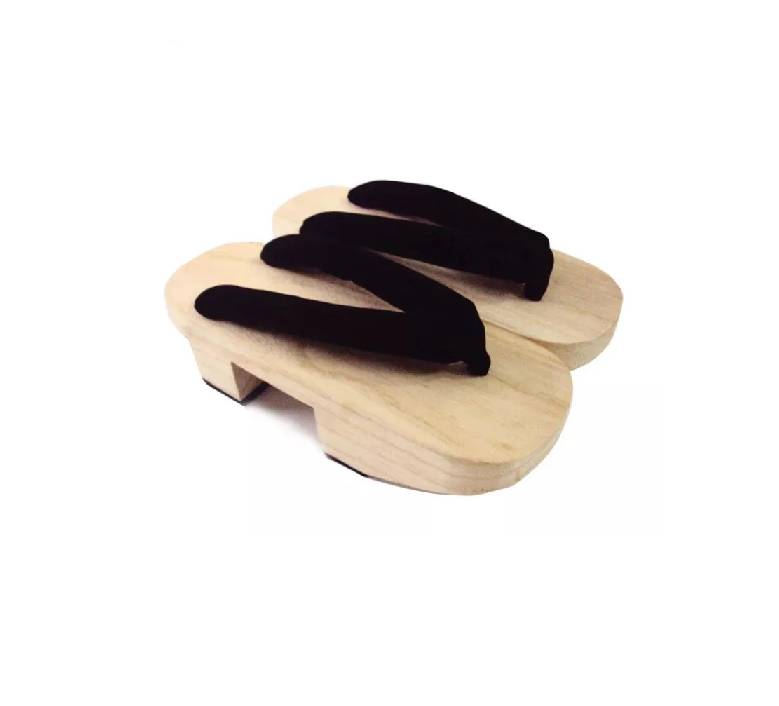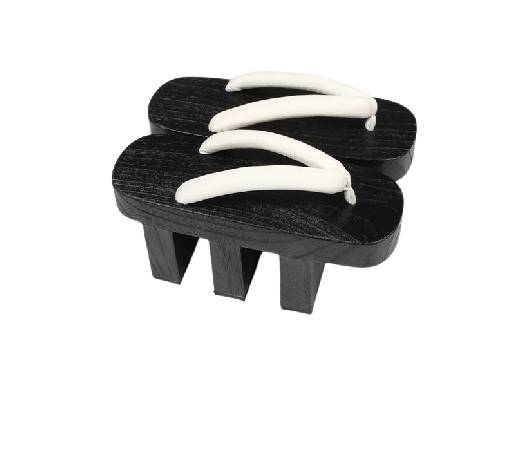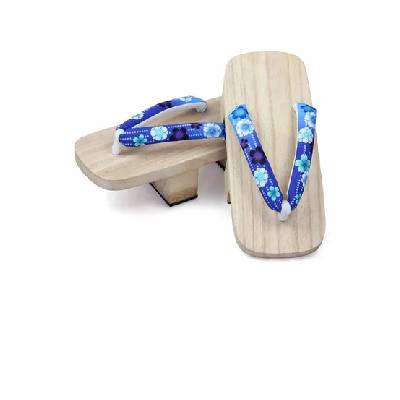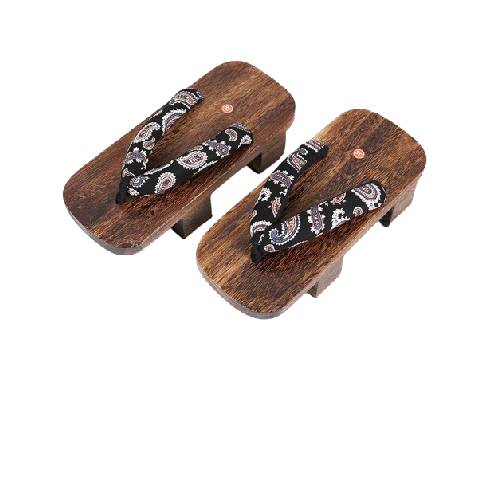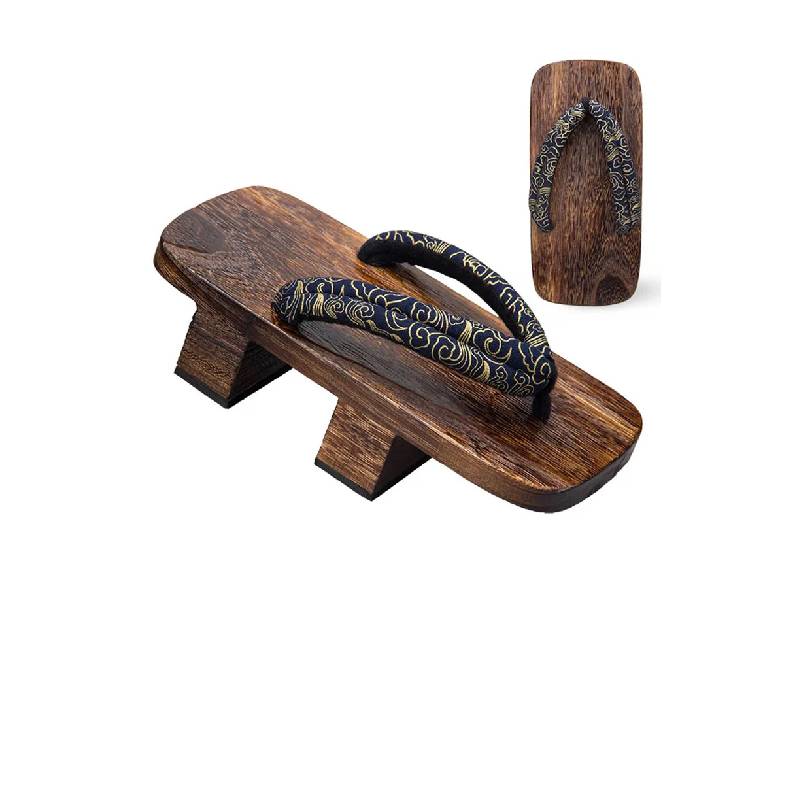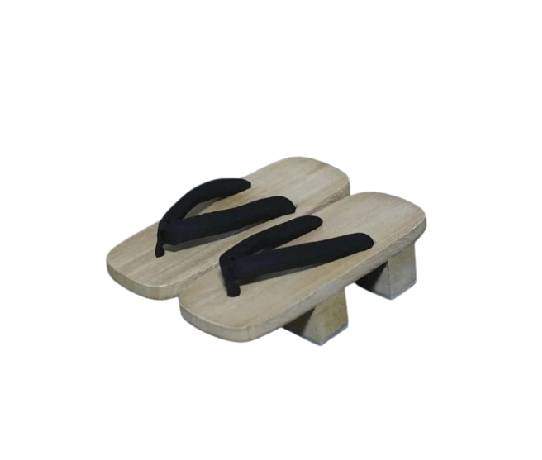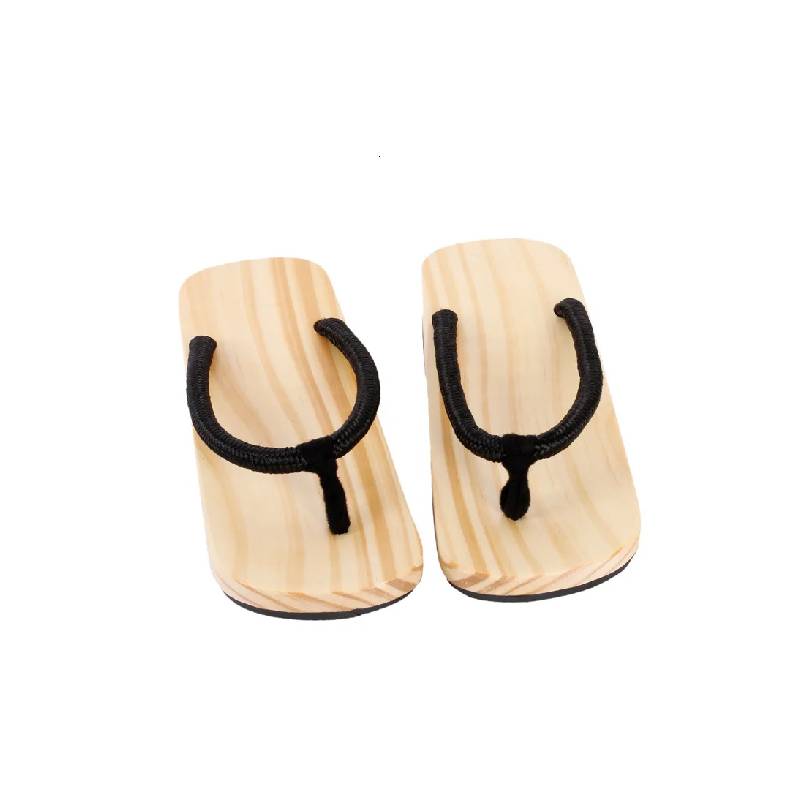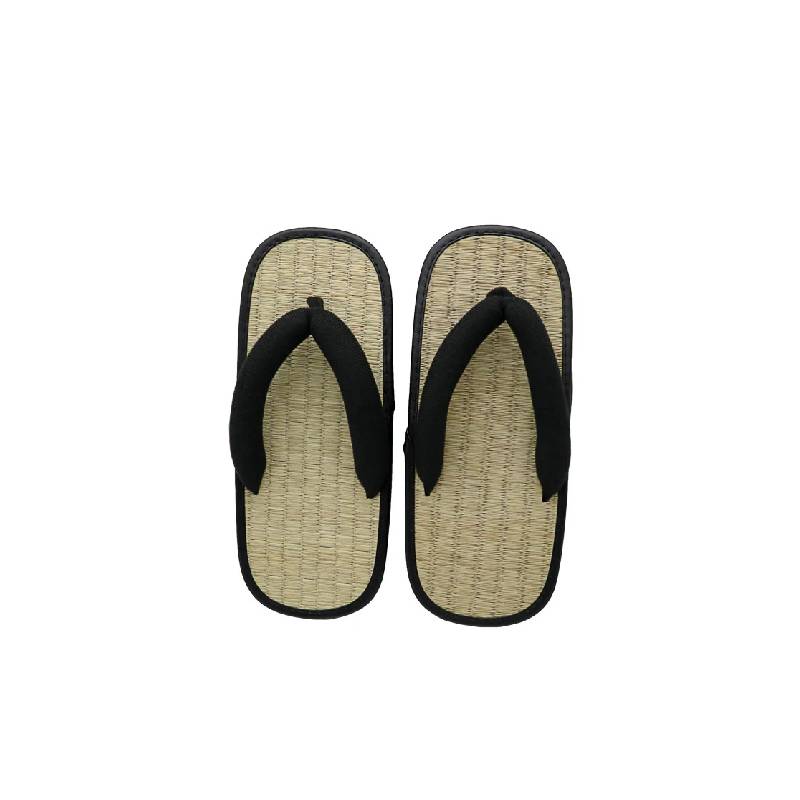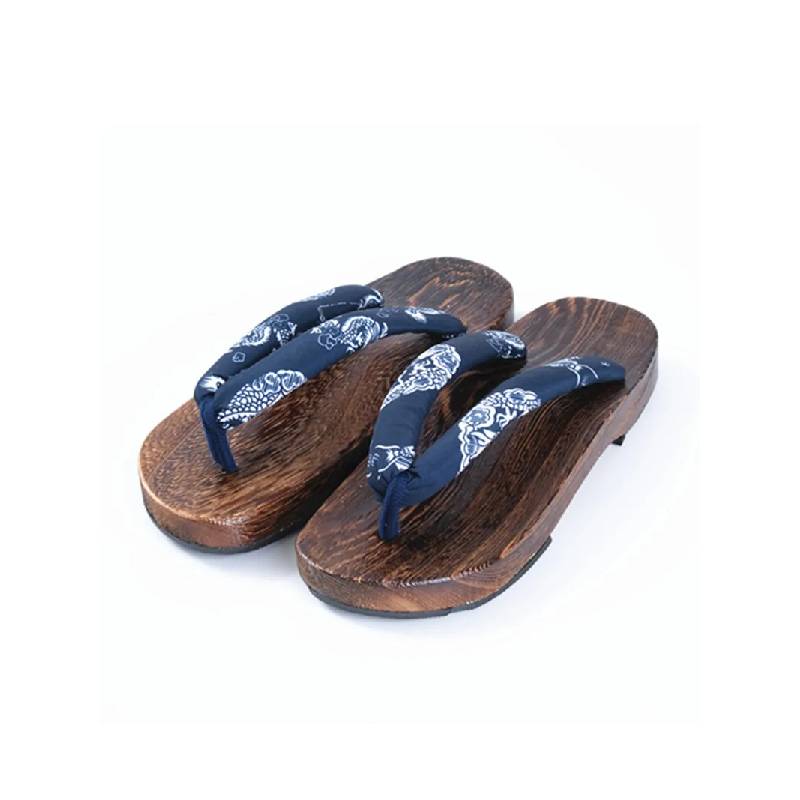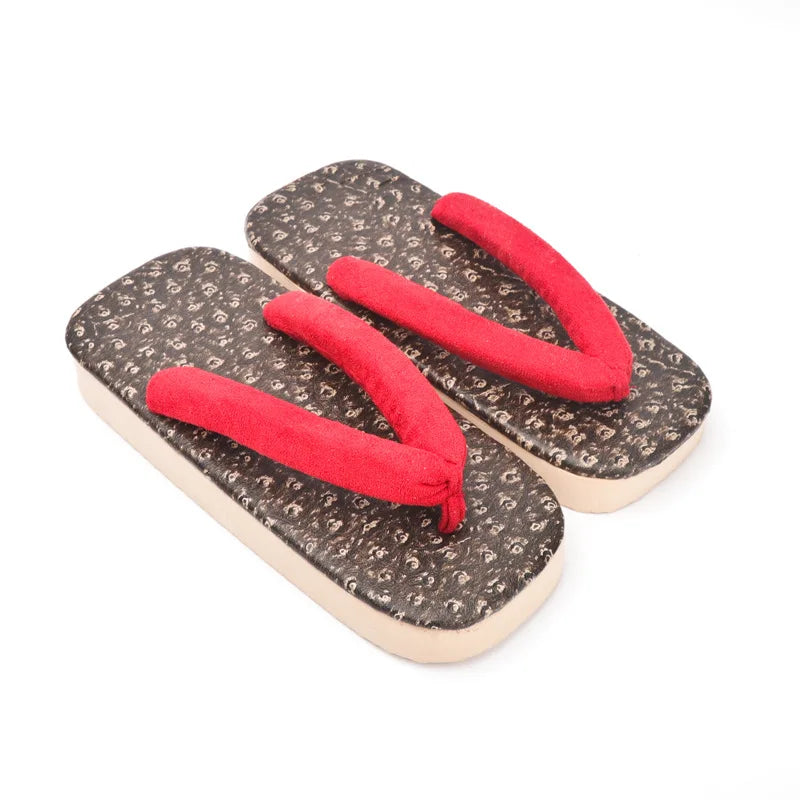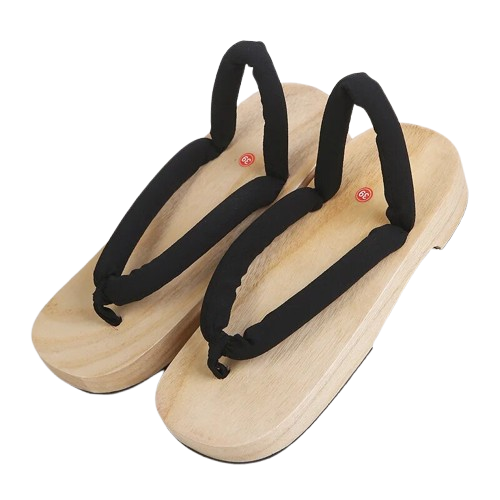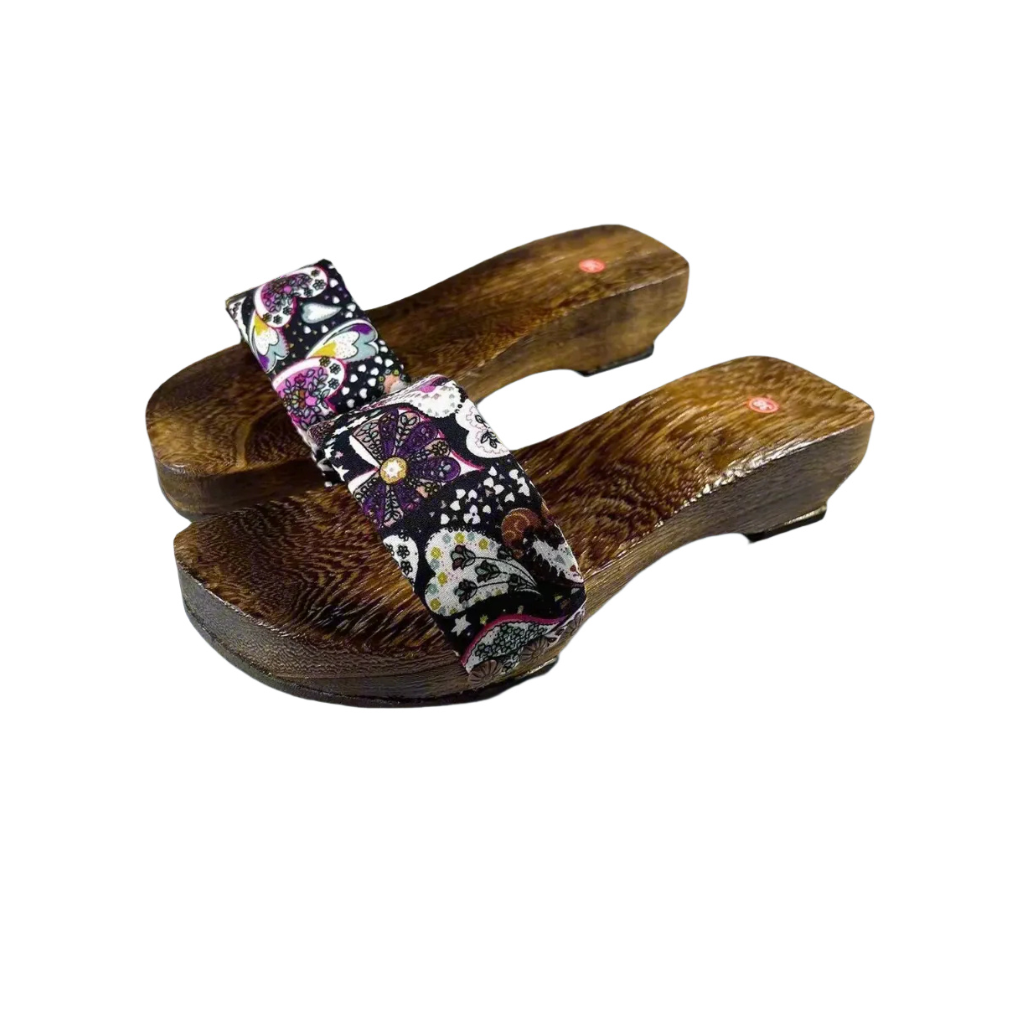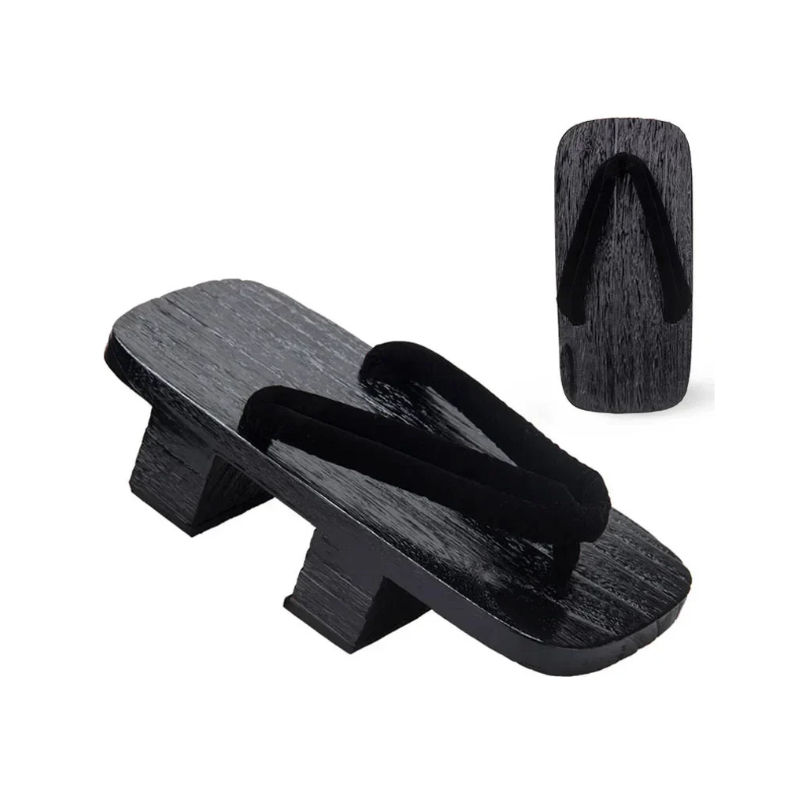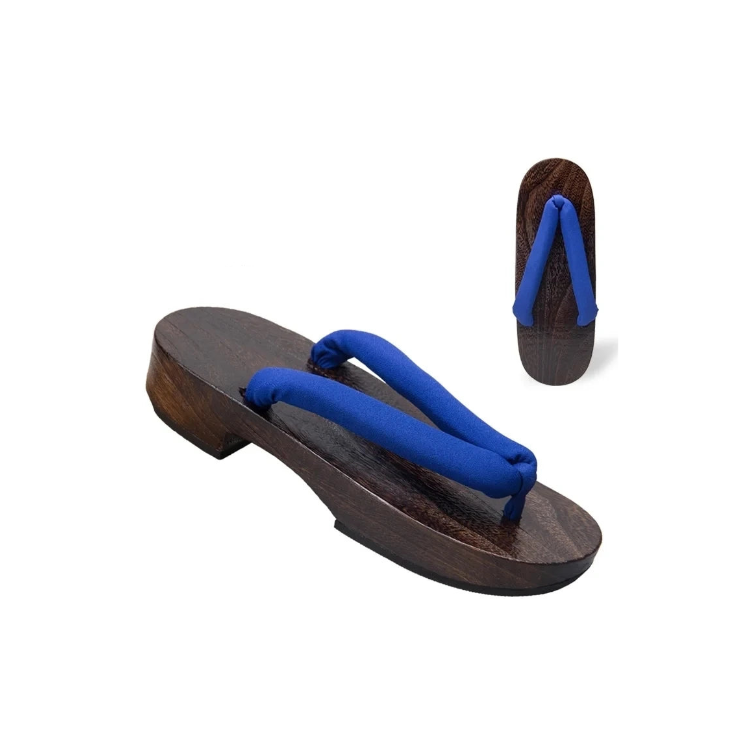Dare to discover the Geta and its elegance in this collection. Pure product of traditional Japan that will allow you to walk with unparalleled comfort. In order to complete your typical Japanese outfit, you can visit our collection on the Japanese accessory , in order to know each of its mysteries.
The history of the Japanese geta and its evolution over time
The Japanese geta is a traditional wooden sandal that is worn with toe socks (tabi) or barefoot. It consists of a sole (dai) pierced with three holes through which straps (hanao) pass to hold the foot. The sole rests on one or two teeth (ha) that raise the foot off the ground and keep out mud or snow.
The origin of the Japanese geta dates back to the Heian period (794-1185), when aristocrats wore wooden shoes called taka-ashida, which had a very thick sole and a single tooth in the center. These shoes were inspired by Chinese platform shoes, which symbolized high social status.
Over time, Japanese geta diversified and were adopted by different social classes and regions of Japan. Peasants used simple, sturdy geta to work in rice fields, geisha wore geta with lacquered soles and very high teeth (okobo) to walk on cobblestone streets, samurai wore geta with two wide and short teeth (hiyori geta) to move quickly, Buddhist monks wore geta with a single long and thin tooth (tengu geta) to practice balance, and so on.
The Japanese geta declined after the Meiji Restoration (1868-1912), which brought about the Westernization of Japan and the introduction of leather shoes. Nevertheless, the Japanese geta has maintained its place in Japanese culture, particularly during festivals, ceremonies, or formal occasions where the kimono or yukata is worn.
Today, Japanese geta are appreciated for their comfort, aesthetics, and traditional character. They come in many designs, colors, and patterns, reflecting the diversity and richness of Japanese art. There are geta for men and women, suitable for different seasons and clothing styles. For example, the geta sandal is a lighter and more flexible variation of the classic geta, which is worn with Western or casual clothing. Japanese men's geta are generally more sober and wider than Japanese women's geta, which are more colorful and thinner.
The Japanese geta is therefore an essential element of Japanese heritage, which bears witness to the history, fashion and creativity of the land of the rising sun.
Why buy zori and what are its benefits?
Japanese zori is an essential part of Japanese culture, reflecting the history, fashion and creativity of the land of the rising sun. It comes in many designs, colors and patterns, reflecting the diversity and richness of Japanese art. There are zori for men and women, suitable for different seasons and different clothing styles.
But beyond its aesthetic and traditional aspect, the Japanese zori also has many benefits for health and well-being. Indeed, using and buying a pair of Japanese zori can bring you the following benefits:
- Improve your posture: Japanese zoris force your body to stand straight, which improves your posture and reduces back pain. This is because Japanese zoris stimulate the pressure points on your feet, promoting blood circulation and reducing fatigue. In addition, Japanese zoris strengthen the muscles in your feet and legs, helping you walk with more balance and flexibility.
- Breathe freedom: Japanese zori allow you to breathe freedom and travel. Indeed, Japanese zori are easy to put on and take off, which gives you a feeling of lightness and simplicity. In addition, Japanese zori are suitable for all types of ground, whether asphalt, sand or snow. You can therefore wear them for all occasions and seasons, whether it is to go to work, to the market or to a festival.
- Express your personality: Japanese geta are a way to express your personality and your taste for Japanese culture. Indeed, Japanese geta are available in several shapes and patterns, which correspond to different types of clothing and atmospheres. For example, you can choose traditional Japanese shoes , which are geta with lacquered soles and very high teeth (okobo), which symbolize elegance and refinement. Or you can opt for men's geta, which are generally more sober and wider than women's geta, which are more colorful and thinner.
In summary, using and buying a pair of Japanese geta is a wise choice for those who want to enjoy comfort, style and optimal health, while adding a touch of exoticism to their look.
Now, if you have managed to improve your posture and look with a pair of geta, you can look like a real samurai by visiting our collection of Japanese katana which will allow you to use the real Japanese codes!
